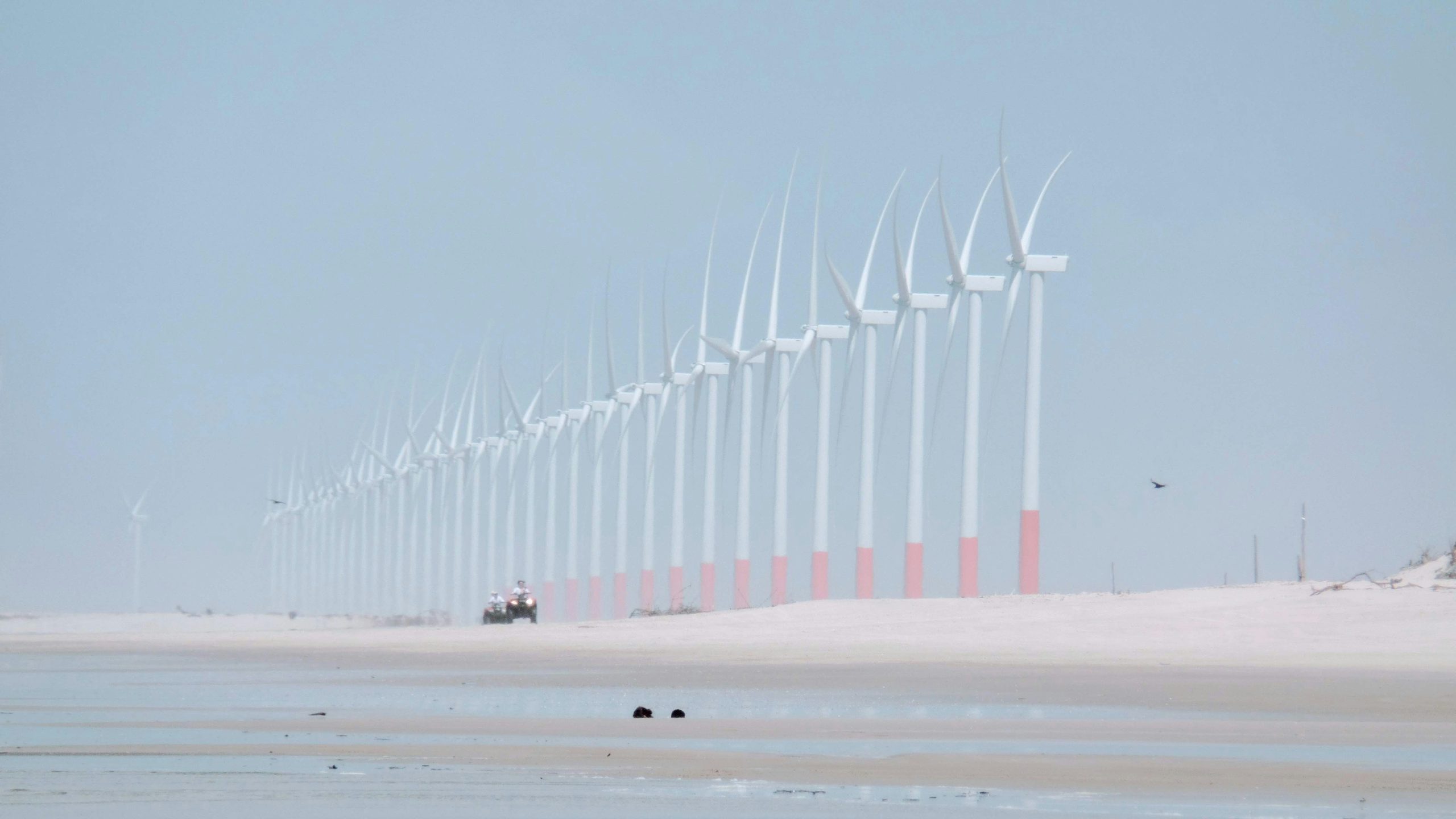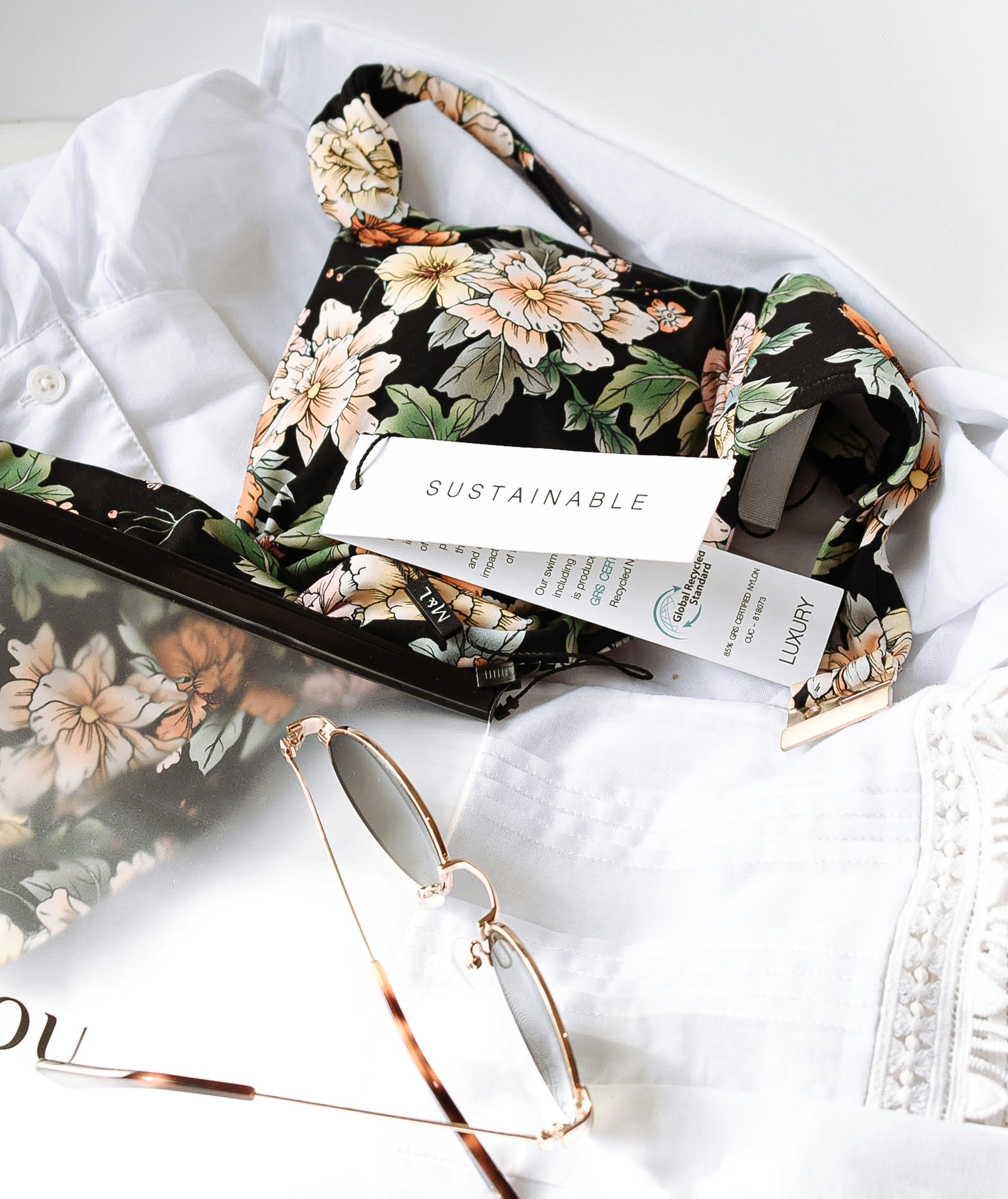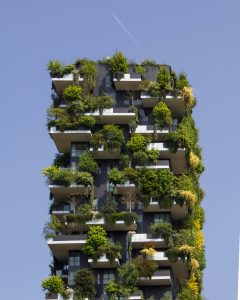Welcome to our guide on transforming existing buildings into sustainable spaces! In this article, we’ll explore practical strategies and innovative ideas to retrofit our buildings, making them environmentally friendly and energy-efficient. From upgrading insulation and windows to installing renewable energy sources and smart technologies, we’ve got a comprehensive approach to ensure that our structures not only reduce their carbon footprint but also enhance our quality of life. Let’s embark on this journey of sustainability together, making conscious choices that benefit both us and our planet. Have you ever wondered how we can make an existing building sustainable? With growing concerns about climate change, resource depletion, and energy efficiency, it’s increasingly crucial to rethink the way our buildings operate. Not only do sustainable practices offer environmental benefits, but they also provide economic advantages and improved living conditions. Let’s dive into how we can transform an existing building into a green, sustainable marvel.

Understanding Sustainability in Buildings
What is Sustainability in Architecture?
Sustainability in architecture is all about creating buildings that use resources efficiently and limit their impact on the environment. This involves optimizing energy use, reducing waste, and using environmentally friendly materials. Ensuring that buildings meet present needs without compromising the ability of future generations to meet theirs is the essence of sustainable architecture.
Why Focus on Existing Buildings?
While new sustainable buildings often grab headlines, existing buildings represent a significant opportunity for environmental impact. Renovating these structures can be more cost-effective and resource-efficient than building new ones. This also preserves historical and cultural heritage, making it a win-win scenario.
Steps to Make an Existing Building Sustainable
Assess the Current Situation
The first step in making any building sustainable is understanding its current status. A comprehensive audit will help us identify areas of improvement and measure the potential benefits.
Energy Audit
An energy audit evaluates how energy is currently being consumed in the building. It helps identify inefficiencies and provides a roadmap for implementing energy-saving measures. Key aspects include:
- Lighting Systems
- HVAC (Heating, Ventilation, and Air Conditioning)
- Insulation and Building Envelope
- Appliances and Equipment
Here’s a simple table to summarize common inefficiencies and potential solutions:
| Area | Common Inefficiencies | Potential Solutions |
|---|---|---|
| Lighting Systems | Incandescent bulbs, poor placement | LED lights, motion sensors |
| HVAC | Older systems, unsealed ducts | Energy-efficient models, regular maintenance |
| Insulation | Poor insulation, outdated windows | Improved insulation, double-glazed windows |
| Appliances | High energy consumption devices | Energy Star-rated appliances |
Improve Energy Efficiency
Once we’ve carried out the energy audit, the next step is to implement measures that enhance energy efficiency.
Lighting
Switching to energy-efficient lighting, such as LED bulbs, can significantly reduce energy consumption. Installing motion sensors and timers ensures that lights are only on when needed.
Heating, Ventilation, and Air Conditioning (HVAC)
Upgrading to a modern HVAC system can save substantial energy. Regular maintenance and smart thermostats also play a crucial role in optimizing energy use.
Insulation and Building Envelope
Improving insulation in the walls, roof, and floors helps in maintaining indoor temperatures, reducing the need for excessive heating or cooling. Upgrading windows to double-glazed models can further enhance energy efficiency.
Incorporate Renewable Energy
Utilizing renewable energy sources can drastically cut down on the building’s carbon footprint and reduce operational costs over time.
Solar Panels
Solar panels are a popular choice for generating electricity sustainably. Positioned optimally, they can provide a significant portion of the building’s energy needs.
Wind Turbines
Small wind turbines can be a viable option, especially in areas with consistent wind patterns. They can complement solar panels to provide a more constant energy supply.
Geothermal Systems
These systems utilize the earth’s stable underground temperature to provide heating and cooling. They can be a great option for buildings with ample space for installation.
Optimize Water Usage
Water conservation is another critical element of a sustainable building.
Low-Flow Fixtures
Installing low-flow faucets, showerheads, and toilets can significantly reduce water consumption without compromising performance.
Rainwater Harvesting
Collecting and storing rainwater for non-potable uses like irrigation and toilet flushing can be an effective way to conserve water.
Greywater Systems
These systems recycle water from showers, sinks, and washing machines for uses such as landscape irrigation, reducing reliance on fresh water supplies.
Enhance Indoor Environmental Quality (IEQ)
Improving the indoor environmental quality is essential for occupant health and wellbeing.
Indoor Air Quality
Using non-toxic paints, adhesives, and finishes can minimize indoor air pollutants. Also, ensuring proper ventilation can help in maintaining good air quality.
Natural Lighting
Maximizing natural light not only reduces the need for artificial lighting but also improves the mood and productivity of occupants.
Acoustic Comfort
Using sound-absorbing materials and reducing noise pollution can create a more comfortable indoor environment.
Smart Technologies for Sustainability
Building Management Systems (BMS)
A BMS is a sophisticated system that controls and monitors the building’s mechanical and electrical equipment like ventilation, lighting, power systems, fire systems, and security systems. It helps in optimizing energy usage and improving overall efficiency.
IoT Sensors
Internet of Things (IoT) sensors can provide real-time data on various parameters such as temperature, occupancy, and energy consumption. This data can be used to make informed decisions and automate systems for better efficiency.
Smart Thermostats
These devices learn the habits of the building’s occupants and adjust the heating and cooling accordingly, ensuring comfort while saving energy.
Sustainable Materials and Practices
Recycled and Local Materials
Using recycled materials can considerably reduce the environmental impact of renovations. Opting for local materials also minimizes the carbon footprint associated with transportation.
Low-Energy Construction Methods
Employing construction methods that require less energy and produce less waste is another step in making a building sustainable. Prefabricated construction components, for instance, can be a more sustainable choice.

Financial Considerations
Initial Investment and Long-term Savings
While some sustainable upgrades may require an upfront investment, they often pay off in the long run through reduced energy and maintenance costs.
Government Incentives
Many governments offer incentives for sustainable building practices, including tax credits, grants, and rebates. These can significantly offset the initial costs.
Increased Property Value
Sustainable buildings often have higher property values due to their lower operating costs and improved living conditions.
Life Cycle Cost Analysis
Conducting a life cycle cost analysis can help in understanding the total costs associated with a building over its lifetime, rather than just the initial expenses. This helps in making more informed financial decisions.
The Human Aspect of Sustainability
Educational Campaigns
Educating occupants about sustainable practices is crucial. Simple habits like turning off lights when not in use, using energy-efficient appliances, and properly recycling can make a significant difference.
Health and Wellbeing
A sustainable building often provides a healthier living environment. Better air quality, natural light, and comfortable temperatures contribute to overall wellbeing.

Case Studies
The Empire State Building
One of the most iconic examples of retrofitting an existing building for sustainability is the Empire State Building. Through a series of energy-efficiency upgrades, the building has reduced its energy consumption by 40%.
The Sydney Opera House
Another example is the Sydney Opera House, where a comprehensive sustainability program has been implemented. This includes energy-efficient lighting, water-saving fixtures, and waste reduction initiatives.
Challenges and Solutions
Common Challenges
Implementing sustainable practices in existing buildings can pose several challenges, such as:
- High initial costs
- Disruption of daily operations
- Limited availability of sustainable materials
Addressing the Challenges
Phased Implementation
One way to address these challenges is through phased implementation. This allows for spreading out the costs and minimizing disruption.
Stakeholder Engagement
Engaging stakeholders, including building occupants, owners, and local authorities, can help in overcoming obstacles. Collaboration and shared goals are key to successful implementation.
Conclusion
Making an existing building sustainable is a multifaceted endeavor, but the benefits are well worth the effort. By assessing the current situation, enhancing energy efficiency, incorporating renewable energy, optimizing water usage, and improving indoor environmental quality, we can significantly reduce the environmental impact of our buildings. Add smart technologies, sustainable materials, financial planning, and stakeholder engagement into the mix, and we’re well on our way to a greener future.
So, are we ready to take the plunge and transform our buildings into sustainable havens? With the right strategies, tools, and mindsets, we absolutely can. After all, the planet is ours to protect. Let’s start building a more sustainable future, one building at a time.



